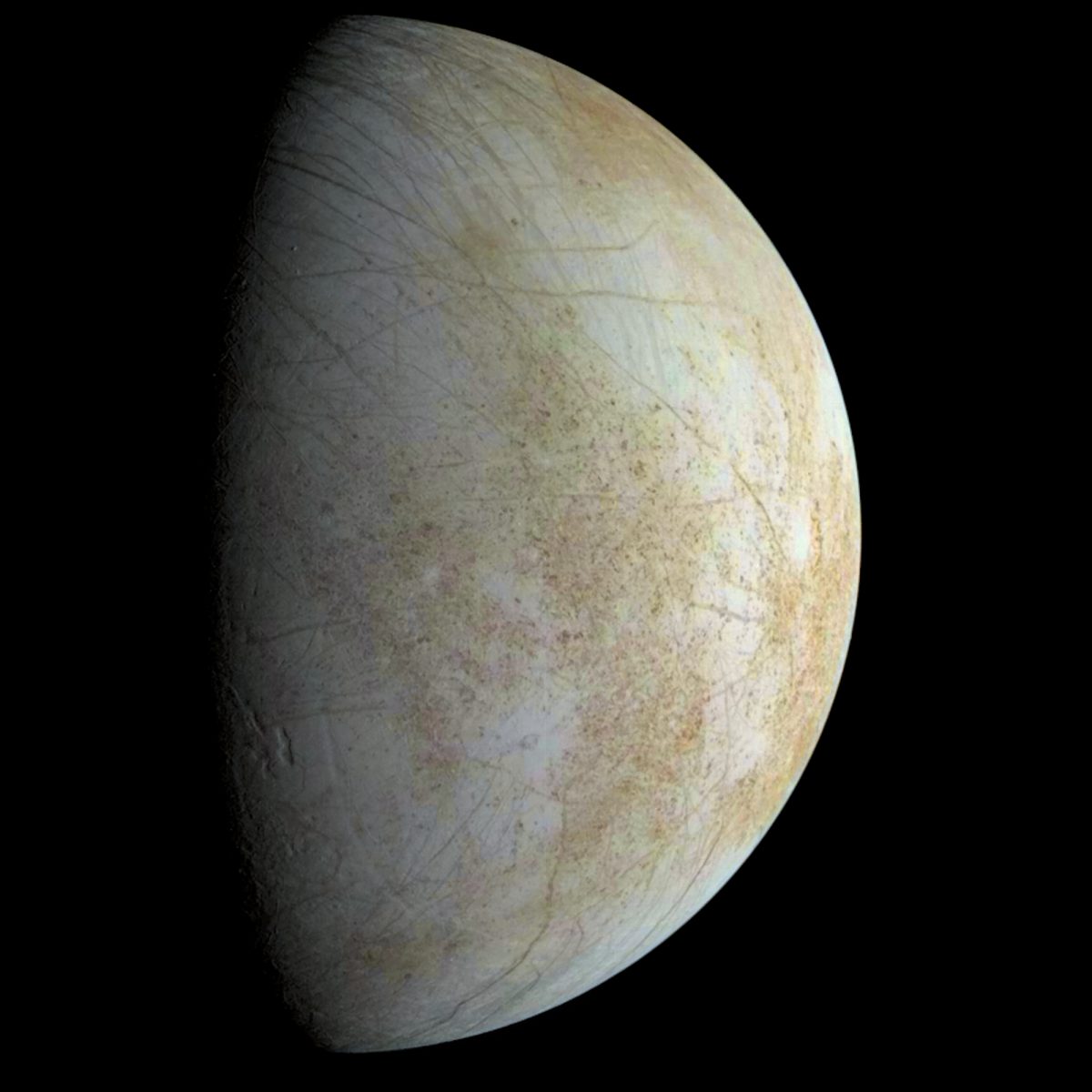Bill Nye • Jun 19, 2014
We could find life on another planet, but do we have the will?
Are we alone in the universe?
This month’s National Geographic cover story takes a look at the question, including the latest developments in astrobiology and exoplanet research. The story also covers the Hubble Space Telescope’s recent discovery of geysers on Jupiter’s moon Europa that spew water from a subsurface ocean into outer space.
I wrote an accompanying opinion piece on NASA’s proposed Europa Clipper mission, which would send a spacecraft into orbit around Jupiter for an up-close look at Europa’s geysers. In the article, I write:
But, as I go on to say, there is currently no funding set aside to make the Europa Clipper mission a reality:
If you’re not already a member, consider joining us today to help us continue to advocate for bold missions like Europa Clipper.

Support our core enterprises
Your support powers our mission to explore worlds, find life, and defend Earth. You make all the difference when you make a gift. Give today!
Donate

 Explore Worlds
Explore Worlds Find Life
Find Life Defend Earth
Defend Earth

